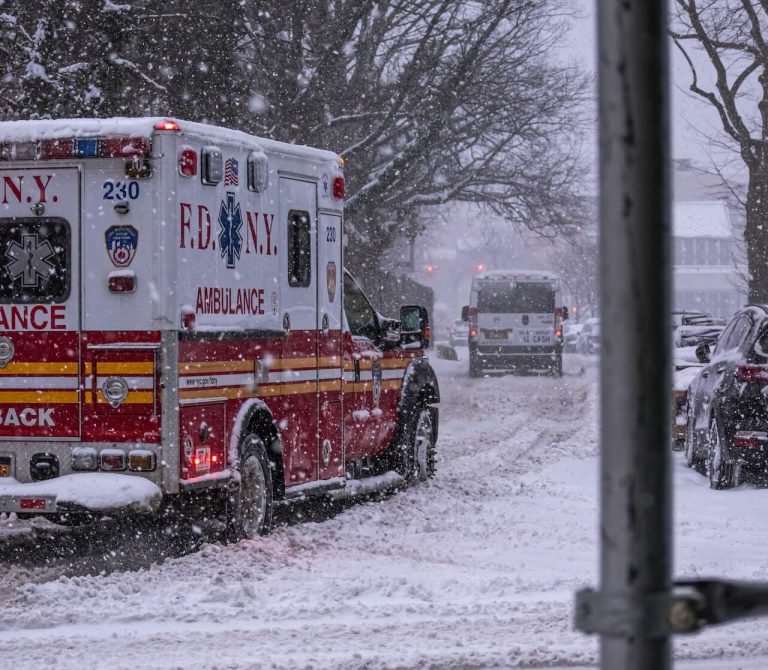
More than twice as many Americans are dying from cold weather than two decades ago. [emphasis, links added]
Between 1999 and 2022, 40,079 people died in which hypothermia was an underlying or contributing causeaccording to a research letter published Dec. 19 online in the Journal of the American Medical Association.
The letter's authors, affiliated with Beth Israel Deaconess Medical Center in Boston, Harvard Medical School and Brigham and Women's Hospital, used data from the U.S. Centers for Disease Control and Prevention to analyze death certificates.
The letter highlights the long-term trend of increasing cold-related mortality, which has more than doubled from 0.44 per 100,000 people in 1999 to 0.92 per 100,000 people in 2022.
U.S. adults age 75 and older have the highest number of cold-related deaths. Older adults are more susceptible to the effects of cold weather because of their limited ability to regulate body temperature and their greater vulnerability to chronic disease.
While older people have the highest overall death toll, cold-related deaths are growing fastest among middle-aged people. Men are more likely than women to die from cold-related causes.
Michael Liu, an MD student at Harvard Medical School and lead author of the study, told The Epoch Times that the findings were “shocking” because these deaths were preventable.
Reason for increase
Data in the research letter also show that while American Indians, Alaska Natives and Black people are more likely to die from cold-related deaths each year than any other racial or ethnic group, Hispanics and whites experience the most significant increases in annual deaths from cold weather.
“There is also growing evidence that Social risk factors for cold-related deaths are rising in the United States, including higher rates of social isolation and homelessness,Liu added.
Liu noted that although he and his team Unable to accurately predict future trends”, “The number of cold-related deaths is likely to increase over time.
“There is evidence that climate change is associated with more extreme winter weather events,” he said.
Another factor that may contribute to an increase in cold deaths in the United States over time is the aging population.
“This group has more limited thermoregulatory capabilities and a greater burden of underlying health conditions,” Liu said.
Structural risk factors, e.g. [insufficient] Home insulation or heating [may also contribute] Cold-related deaths.
American Indians, Alaska Natives and Black people are particularly at risk because they live in homes that are inadequately insulated or heated. Data from the U.S. Department of Energy shows that from July 2021 to May 2023, 36.4% of households facing energy insecurity were Black.
Additionally, the EPA reports that for many years, winter mortality rates in the United States have been 8% to 12% higher than in non-winter months.
Top photo by Lera Kogan Not splashed
Rest while reading The Epoch Times
